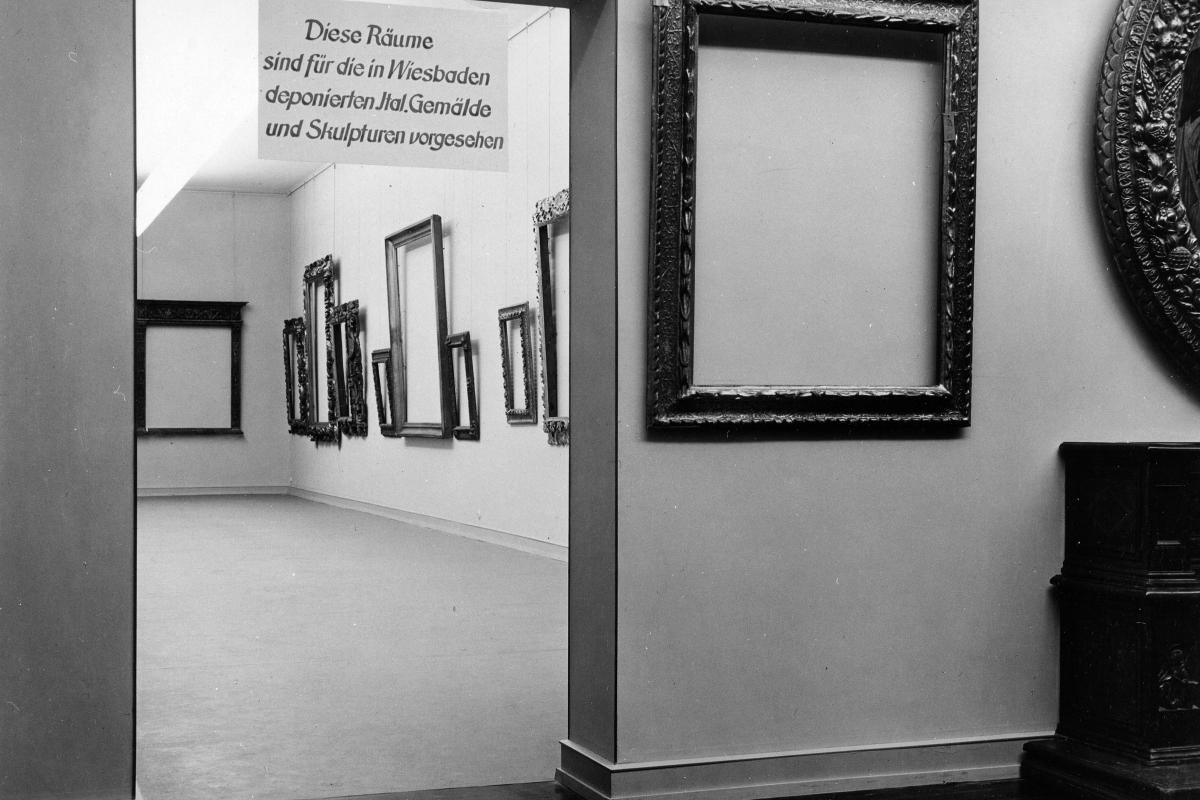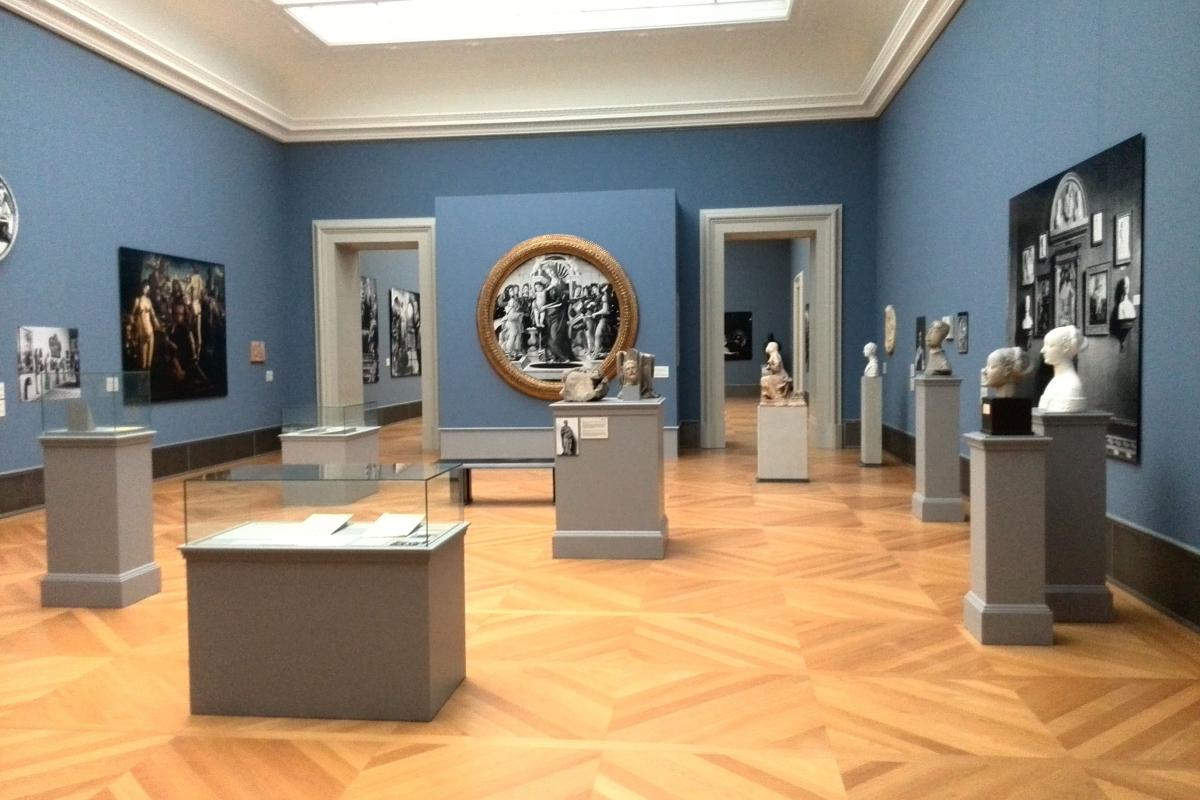Wartime Losses: Basics & Overview
Contact
Historical Background
Important Events
1907
Hague Convention
1939
Relocation of cultural goods
1942
Special State Commission in Moscow
1943
Trophy Brigades
1945
Losses at the end of the war
1945
Central Collecting Points
1945
Transfer to the Soviet Union
1945
Wiesbaden manifesto
1952
Handover to the German Federal Government
1955
Return to Dresden
1958
Return to the GDR
Documentation of Wartime Losses
Returns
Networking among Scholars
Literature
- Museumsverband des Landes Brandenburg e. V. (ed.): Displaced Collections. Verlagerung von Museumsgut im polnisch-deutschen Kulturraum als Folge des Zweiten Weltkriegs, Potsdam 2022 -> Open Access https://www.museen-brandenburg.de/fileadmin/Museumsblaetter/MB_41_06_RZ_web.pdf
- Britta Kaiser-Schuster (ed.): Kulturelles Gedächtnis. Kriegsverluste deutscher Museen: Wege und Biografien (Studien zu kriegsbedingt verlagerten Kulturgütern, vol. 3), Vienna/Cologne/Weimar 2021
- Corinna Kuhr-Korolev, Ulrike Schmiegelt-Rietig et al (eds.): Raub und Rettung. Russische Museen im Zweiten Weltkrieg (Studien zu kriegsbedingt verlagerten Kulturgütern, vol. 1), Vienna/Cologne/Weimar 2019
- Wolfang Eichwede: Die Kunst der Stunde. Restitution zwischen Expertise und Diplomatie: Aus dem Maschinenraum der deutsch-russischen Kulturbeziehungen, in: Osteuropa, year 67, No. 3/4, Berlin 2017, pp. 181-199.
- Patricia Kennedy Grimsted: Archives of Russia. A Directory and Bibliographic Guide to Holdings in Moscow and St. Petersburg, London 2015
- Heinrich Becker (ed.): Schattengalerie – Symposium zu Beutekunst. Forschung, Recht und Praxis, Aachen 2010
- Koordinierungsstelle für Kulturgutverluste Magdeburg (ed.): Kulturgüter im Zweiten Weltkrieg. Verlagerung – Auffindung – Rückführung (Veröffentlichungen der Koordinierungsstelle für Kulturgutverluste 4, Magdeburg 2007
- Natalia Volkert: Kunst- und Kulturraub im Zweiten Weltkrieg. Versuch eines Vergleichs zwischen den Zielsetzungen und Praktiken der deutschen und der sowjetischen Beuteorganisationen unter Berücksichtigung der Restitutionsfragen (Europäische Hochschulschriften, Series III, vol. 885), Frankfurt a. M. 2000
- Elizabeth Simpson (ed.): The Spoils of War. World War II and Its Aftermath: The Loss, Reappearance, and Recovery of Cultural Property, New York 1997
- Konstantin Akinsha, Grigory Kozlov: Beutekunst. Auf Schatzsuche in russischen Geheimdepots, Munich 1995
- Koordinierungsstelle der Länder für die Rückführung von Kulturgütern (ed.): Spoils of War. International Newsletter 1 to 8, Bremen/Magdeburg 1995-2003.
For more literature on the topic, see our research database Proveana.
Research Options
Find further research options in our research database Proveana.




